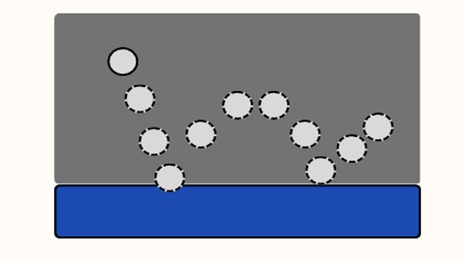custom pressure injury care
Custom Pressure Injury Care A Comprehensive Approach
Pressure injuries, also known as pressure ulcers or bedsores, are a significant concern for both healthcare providers and patients. They can develop quickly and lead to serious complications if not properly managed. Custom pressure injury care is essential for preventing and treating these injuries, particularly for individuals with limited mobility or those undergoing prolonged periods of bed rest.
The foundation of effective pressure injury care lies in understanding the risk factors. Individuals at higher risk include those with reduced mobility, poor nutrition, or underlying health conditions that impair blood flow. It is crucial to assess these risk factors routinely and implement personalized care strategies tailored to each patient's needs.
A comprehensive approach to custom pressure injury care involves several key elements
1. Regular Assessment Frequent skin assessments are vital. Healthcare providers should inspect areas of the body that are prone to pressure injuries, such as the heels, sacrum, and elbow. This allows for the early detection of any changes in skin integrity.
2. Pressure Relief Utilizing pressure-relieving devices can significantly reduce the risk of skin breakdown. Custom-molded mattresses, cushions, and specialized seating can help distribute weight evenly and alleviate pressure on vulnerable areas. Regular repositioning of patients is also critical; changing position every two hours can help maintain circulation and skin integrity.
custom pressure injury care

3. Personalized Care Plans Each patient should have a personalized care plan that includes specific strategies based on the individual’s risk factors and overall health. This plan should outline the frequency of repositioning, the use of support surfaces, and guidelines for skin care and nutrition.
4. Nutritional Support Proper nutrition is crucial in preventing and managing pressure injuries. A diet rich in proteins, vitamins, and minerals supports skin health and healing. Healthcare providers should assess patients' dietary needs and, if necessary, work with nutritionists to enhance their nutritional intake.
5. Wound Management For patients who develop pressure injuries, effective wound care is vital. This may involve debridement of non-viable tissue, use of appropriate dressings, and infection control measures. Customizing the treatment plan based on the stage of the pressure injury is essential for promoting healing.
6. Education and Training Educating patients, caregivers, and healthcare staff on the importance of pressure injury prevention is critical. Providing resources and training on how to recognize early signs of pressure injuries can empower everyone involved in the patient’s care.
7. Monitoring and Documentation Continuous monitoring of the patient’s condition and documentation of any changes are essential for effective custom pressure injury care. This not only helps in adjusting the care plan as needed but also ensures that all team members are informed and can provide coordinated care.
In conclusion, custom pressure injury care is a multifaceted approach that requires careful attention to individual patient needs. By incorporating regular assessments, personalized care plans, nutritional support, and effective wound management strategies, healthcare providers can significantly improve outcomes for patients at risk of pressure injuries. Through education, collaboration, and consistent monitoring, the incidence of pressure injuries can be greatly reduced, ensuring better overall patient care.
-
The Truth About "Orthopedic" Mattresses for Sore Back PainNewsAug.23,2025
-
Space-saving Benefits of a Single Mattress CubeNewsAug.23,2025
-
Eco-friendly Advantages of a Silicon MattressNewsAug.23,2025
-
How to Fix Sagging in a Special MattressNewsAug.23,2025
-
How Ambulance Stretcher Mattresses Reduce Pressure InjuriesNewsAug.23,2025
-
Best Cleaning Practices for a Hospital Mattress DoubleNewsAug.22,2025
-
Mattresses Designed for Back Pain ReliefNewsAug.08,2025

